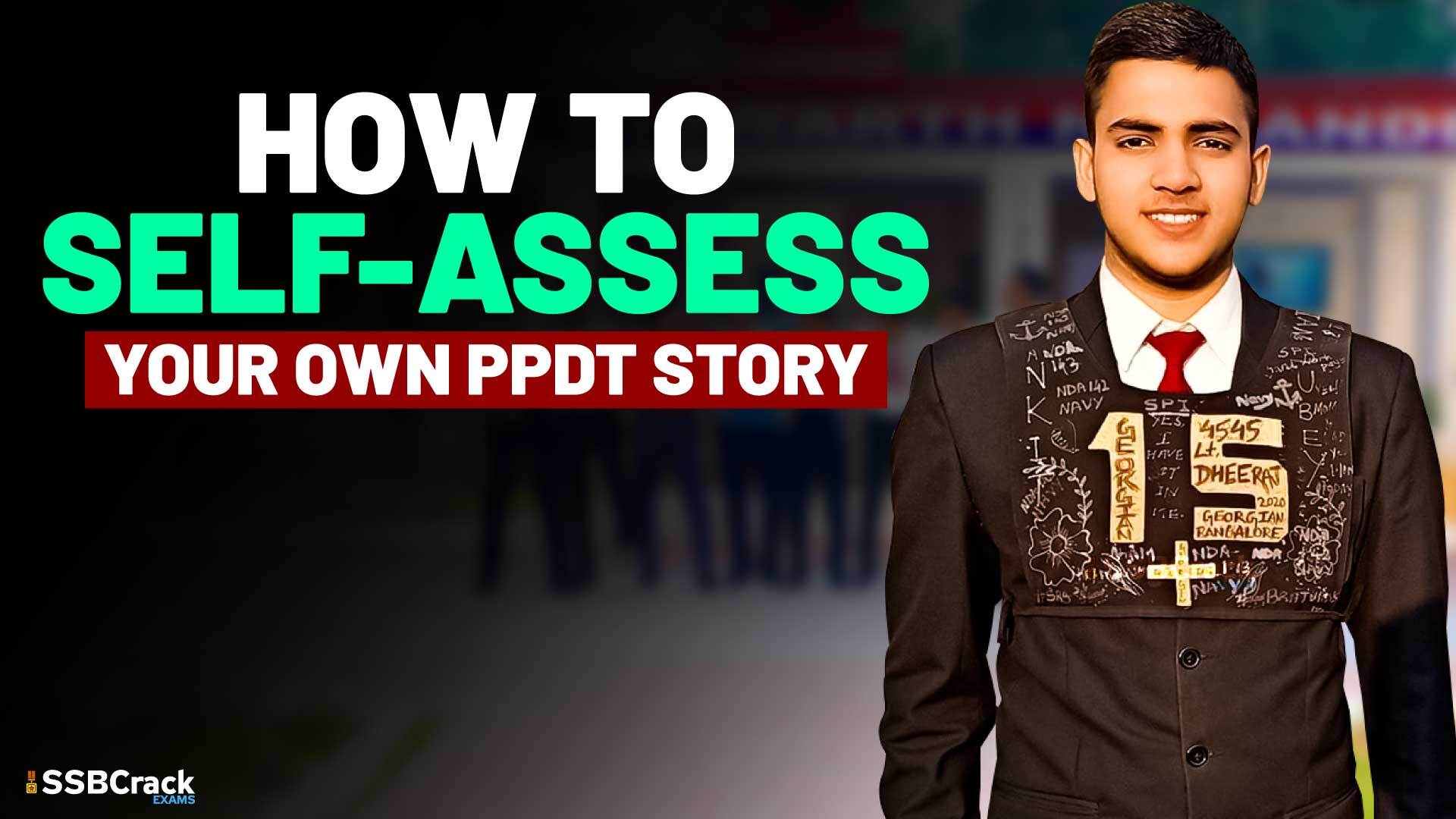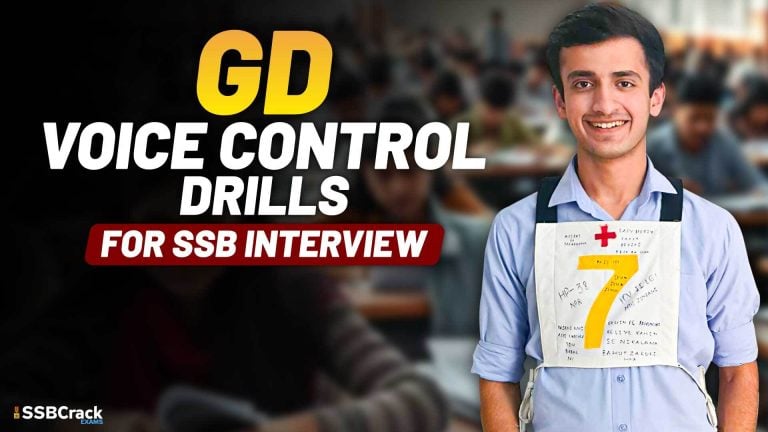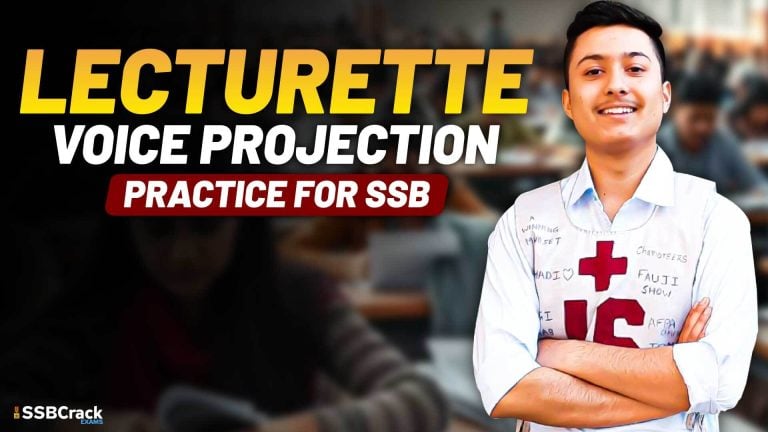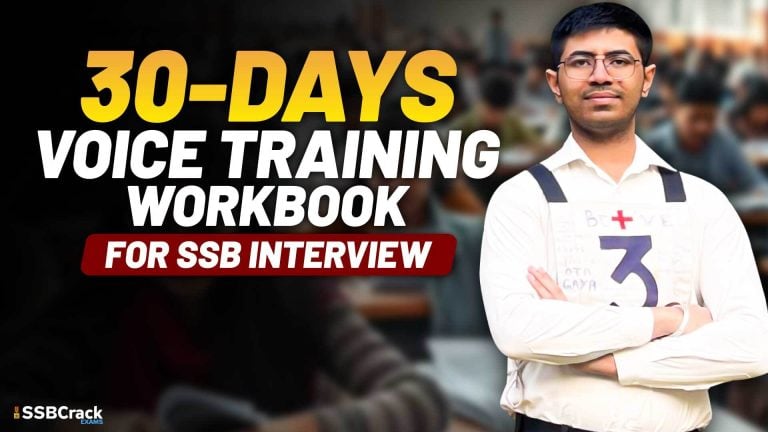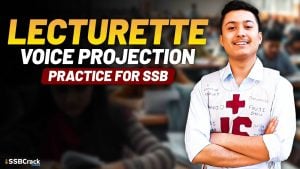The Picture Perception and Discussion Test (PPDT) is a crucial component of the SSB Interview Screening Test. It assesses a candidate’s perception, creativity, and ability to work in a group. Writing a compelling and coherent PPDT story can significantly enhance your chances of success. Self-assessment is key to improving your storytelling skills. Here’s a comprehensive guide on how to self-assess your PPDT story to write better ones.
Understanding PPDT
The PPDT involves:
- Picture Perception: Observing a blurred or ambiguous picture for 30 seconds.
- Story Writing: Writing a story based on the picture within 4 minutes.
- Group Discussion: Discussing your story with a group of candidates to reach a common conclusion.
Steps to Self-Assess Your PPDT Story
- Evaluate the Basic Structure
- Introduction: Does your story have a clear and concise introduction? The introduction should set the stage by describing the scene and characters briefly.
- Body: Does the body of your story logically follow the introduction? Ensure that the main action or conflict is clearly described.
- Conclusion: Does your story have a coherent and positive conclusion? The conclusion should resolve the conflict and highlight the main character’s qualities.
- Analyze Characterization
- Clear Identification: Are the characters in your story clearly identified? Mention their age, gender, and mood.
- Protagonist’s Role: Is the protagonist actively involved in solving a problem or achieving a goal? The main character should exhibit leadership, courage, and resourcefulness.
- Consistency: Are the actions and behaviors of the characters consistent with their described attributes?
- Check for Creativity and Originality
- Unique Plot: Is your story unique and original? Avoid using clichéd or overused plots.
- Innovative Solutions: Does your protagonist come up with innovative solutions to problems? Creativity in problem-solving is highly valued.
- Assess Relevance to the Picture
- Contextual Accuracy: Does your story align well with the elements of the picture? Ensure that your story accurately reflects the setting and actions depicted in the picture.
- Logical Flow: Is there a logical flow between the picture and the narrative? The story should naturally emerge from the visual cues provided by the picture.
- Evaluate Language and Clarity
- Clarity of Expression: Is your story written in clear and concise language? Avoid unnecessary jargon or complex sentences.
- Grammar and Syntax: Are there any grammatical errors or syntax issues? Proper grammar and sentence structure are essential for clarity.
- Vocabulary: Is your vocabulary appropriate and varied? Using a rich vocabulary can enhance the impact of your story.
- Review the Positivity and Optimism
- Positive Outlook: Does your story reflect a positive and optimistic outlook? The story should highlight constructive actions and outcomes.
- Character Traits: Are the character traits portrayed in a positive light? Emphasize qualities such as leadership, bravery, and empathy.
- Feedback from Peers and Mentors
- Peer Review: Share your story with peers preparing for the SSB interview. Their feedback can provide new perspectives and identify areas for improvement.
- Mentor Guidance: Seek feedback from mentors or coaches experienced in SSB preparation. Their insights can be invaluable in refining your story.
Tips for Writing Better PPDT Stories
- Practice Regularly: Consistent practice is key to improving your PPDT storytelling skills. Regularly practice with different pictures and self-assess each story.
- Read and Analyze Sample Stories: Read sample PPDT stories to understand different styles and approaches. Analyze what makes these stories effective.
- Focus on Time Management: Practice writing stories within the 4-minute time limit. Efficient time management is crucial during the actual test.
- Develop a Positive Mindset: Approach each story with a positive and solution-oriented mindset. This will naturally reflect in your narratives.
- Enhance Observation Skills: Improve your observation skills to quickly and accurately perceive the key elements of the picture. This will help in creating relevant and coherent stories.
By systematically self-assessing your PPDT stories and applying the insights gained, you can significantly improve your storytelling skills. Remember, the key to success in the PPDT is to combine creativity with clarity, positivity, and relevance. With dedicated practice and continuous self-improvement, you can enhance your performance in this critical component of the SSB Interview Screening Test.
